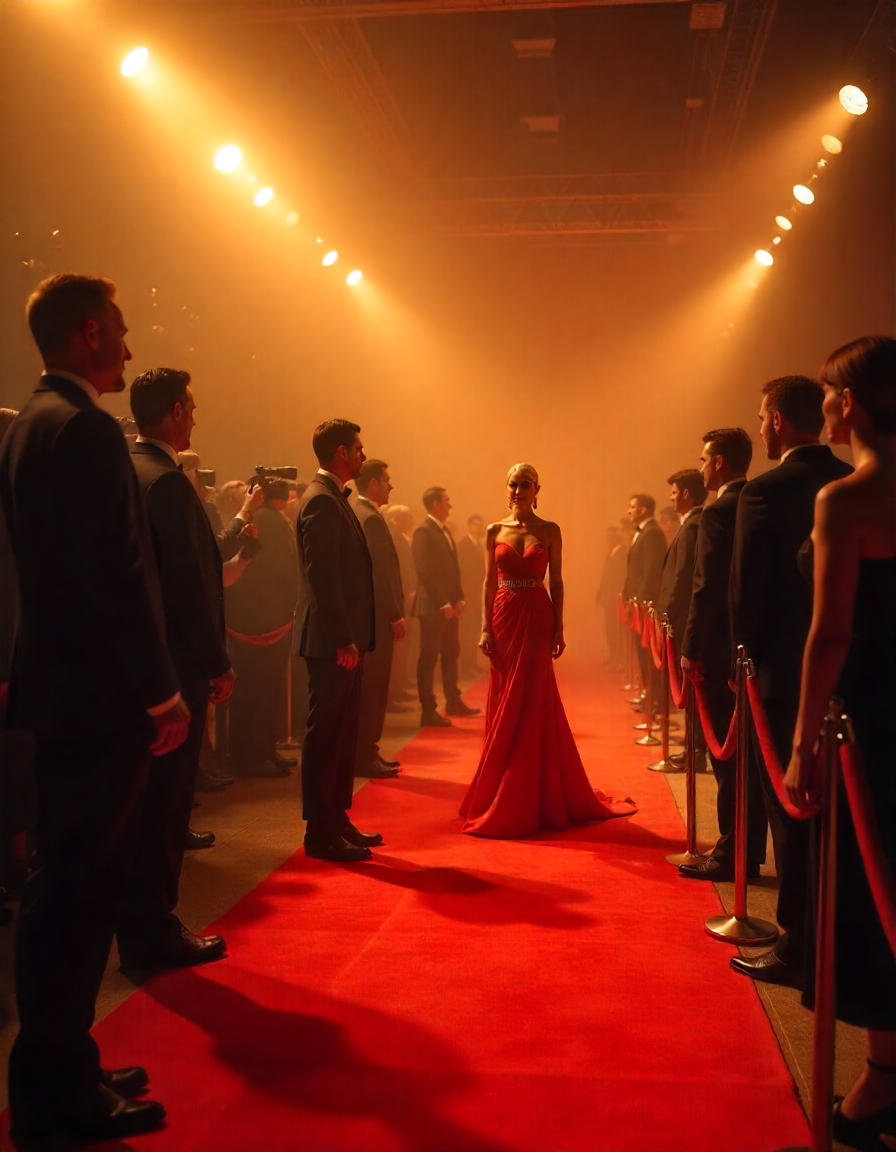Celebrity culture has always fascinated people, but in the current age its power extends into nearly every part of daily life. The lives of actors, musicians, athletes, and influencers are no longer confined to entertainment; they serve as a reflection of broader social values, economic shifts, and even technological experiments. The influence that once stemmed from movie premieres or music videos now comes through Instagram stories, TikTok dances, podcast interviews, and carefully planned fashion campaigns. For many, keeping up with celebrity news has become more than casual entertainment—it is a way to understand where culture is heading next.
One of the most noticeable transformations is how celebrities have taken control of their public image in a way that was unimaginable two decades ago. Instead of relying entirely on film studios, record labels, or magazine publishers to shape their identity, today’s stars use direct platforms to communicate. Beyoncé is a strong example of this evolution. Her choice to drop albums without traditional promotion set a standard that other artists now attempt to replicate. By owning her distribution and narrative, she redefined what it means to be a celebrity in control of their art. This independence has since inspired other figures across film and music, pushing them to negotiate greater autonomy and reshaping the balance of power between talent and industry.
Fashion has always been linked to fame, but it has shifted from mere aesthetics to storytelling and activism. Red carpets, which once showcased only luxury and glamour, have become statements of values. Some stars choose sustainable couture, showcasing pieces made of recycled fabrics or ethically sourced materials, sending a signal that their influence is not just about beauty but responsibility. Others use their clothing to highlight causes, from political messages to cultural heritage. A single gown can now spark conversations about climate change, gender identity, or inclusivity. When Emma Stone stepped out at Telluride wearing a combination that broke the unwritten rule of pairing black with brown, the style moment became more than fashion commentary—it illustrated how the blending of traditions and bold experimentation reflects the courage to challenge outdated boundaries.
Hair and beauty choices are equally influential. Lily Collins’ decision to chop her hair into a sharp micro bob may seem like a personal style update, but it quickly fueled an entire wave of similar cuts across salons worldwide. Hairstyles, makeup looks, and wellness routines of celebrities spread faster than ever before, largely because of the constant reach of social media. The ripple effect of one photo posted on Instagram can spark trends globally within hours. Fans no longer wait for monthly magazines; they engage with beauty evolution in real time.
Beyond fashion and beauty, wellness is another arena where celebrity voices matter. In recent years, many well-known figures have openly discussed therapy, meditation, and self-care practices. This marks a shift from the days when publicists kept personal struggles hidden. Today, sharing stories of anxiety, burnout, or recovery is seen not as weakness but as leadership. Stars who endorse wellness apps, mindfulness retreats, or fitness methods do more than advertise—they normalize habits for millions who might otherwise avoid seeking help. The conversation around mental health has been one of the most meaningful outcomes of this new era of openness, with celebrities acting not only as entertainers but as advocates for healthier lifestyles.
However, the world of fame is not without risks. The same platforms that allow stars to speak directly also expose them to relentless criticism and the temptation to maintain impossible beauty standards. Cosmetic enhancements and surgical procedures have become topics of debate, especially as technology-driven ideals circulate through AI filters and editing tools. Experts warn against extreme alterations that strip away individuality. When surgeons like Dr. Terry Dubrow speak out about the dangers of pursuing perfection, it highlights a critical dilemma for celebrities: how to maintain relevance and beauty in an industry that often demands the unattainable. Some, like George Clooney or Ben Affleck, show that subtle, natural approaches can preserve authenticity while resisting the pressure to conform to digital illusions.
At the same time, fame itself is being redefined by technology. Virtual influencers—AI-generated personas with lifelike faces and backstories—are gaining millions of followers. These digital creations never age, never make public mistakes, and can be controlled entirely by brands. Yet this raises questions about authenticity and whether audiences crave real human connection or are satisfied with crafted illusions. Some fans enjoy these avatars as novelty, while others worry about the psychological effect of comparing oneself to a figure that is not bound by human flaws. The rise of AI stars shows how the definition of celebrity may expand beyond human presence in the future.
Family news also continues to play a role in connecting stars with audiences. Pregnancy announcements, engagements, and family milestones provide glimpses of normalcy that humanize even the most famous personalities. In 2025, a wave of celebrity pregnancy announcements—from Rihanna to Vanessa Hudgens—sparked conversations not only about joy but also about motherhood, career balance, and resilience. These announcements are often shared directly with fans on social platforms, showing once again that celebrities choose intimacy and immediacy over the traditional tabloid scoop.
Another shift lies in how celebrities participate in cultural resets. In Korea, some stars are choosing tattoo removal, reflecting evolving beauty ideals and social expectations. While once seen as rebellious or edgy, tattoos are now being reevaluated within certain cultural contexts, and celebrities lead the way in normalizing the idea of change and personal reinvention. This demonstrates how fame isn’t just about setting new trends but also about reinterpreting past choices in light of present values.
Even merchandise, long dismissed as promotional throwaway items, has grown into a cultural phenomenon. Tour hoodies, limited-edition sneakers, and logo caps serve not just as fan memorabilia but as fashion statements. Worn by Jennifer Lawrence or Jay-Z, these pieces blur the line between celebrity branding and personal identity. Fans do not just consume; they participate in the celebrity’s world, carrying a piece of their lifestyle in everyday clothing. This merging of fashion and fandom illustrates how celebrity influence operates in subtler, more personal ways than ever before.
The fascination with celebrities endures because they embody both aspiration and relatability. They are icons who set trends yet remain human enough to stumble, recover, and evolve in the public eye. In 2025, the definition of celebrity is expanding to include influencers, digital avatars, and even everyday people who go viral. The heart of it, however, remains unchanged: society looks to these figures as guides, not only for entertainment but for clues about what matters, what inspires, and what possibilities lie ahead. Whether they are walking a red carpet in Venice, launching a wellness initiative, experimenting with AI, or simply sharing a personal milestone, celebrities continue to shape conversations that ripple far beyond the spotlight.
Their role is not static. It adapts with technology, with culture, and with the expectations of audiences who demand transparency, creativity, and authenticity. The enduring truth is that celebrities remain cultural architects, weaving stories through their choices, their triumphs, and their failures. And in following them, society sees a reflection of itself—sometimes glamorous, sometimes flawed, but always evolving.

